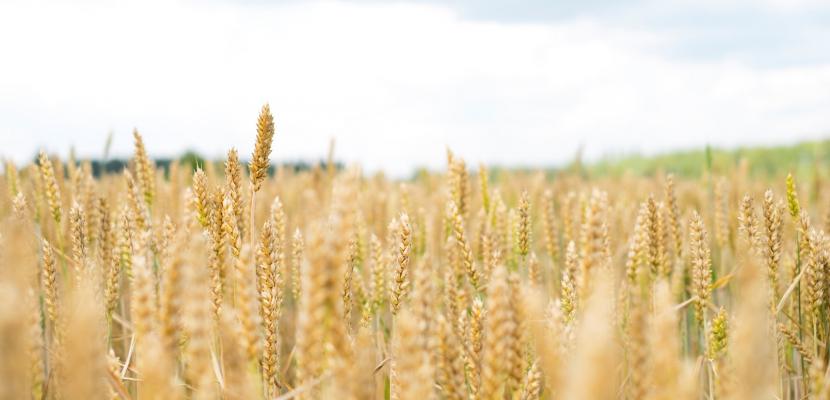
The Grain Cluster - a cooperation model between companies

About this good practice
The food industry, especially the grain sector, is important for the Päijät-Häme region, Finland. The actors used to be scattered and a need for cooperation to maintain and increase the importance of the grain industry was identified.
The Päijät-Häme Grain Cluster is a cooperation network of the local grain value chain. It brings together all actors in the region, from grain producers to industry and retail, both large international to small craft companies, e.g. mills, breweries, a malt producer and bakeries. In total 14 companies, two advisory organisations and about 1000 farmers. The cooperation model was founded in 2003 and it is exceptional on international scale.
The activities are coordinated by the regional development company LADEC. Funding of the cooperation is covered by the member companies and partly from ERDF projects. The members choose a chairperson, a president, who acts as the representative of the Grain Cluster.
The cluster aims at finding synergies, innovations and solutions for circular economy. The cluster collaboration has succeeded in developing industrial symbiosis and new innovative food products. Currently, through cooperation with LAB University of Applied Sciences and financial support by React-EU ERDF funding, a pilot plant for product development is established. In 2022-2023 a joint pilot food laboratory is built at the LAB campus in Lahti.The cooperation in the grain sector, based on companies’ own initiative, has played a significant role in shaping the industry in the region.
Expert opinion
The good practice is a positive example of how long-term regional cooperation between small and large scale actors in a specific sector supported by a regional development company can lead to innovative solutions for circular economy. An important feature of the Grain Cluster is the inclusion of the whole value chain of the region, from grain producers to industry and retail. The positive outcomes of the cooperation model can be inspirational for other regions in Europe interested in stimulating economic growth, cluster collaboration and innovation.
Resources needed
Company driven cooperation coordinated by a part time coordinator employed at the regional development company. A president, chosen for a two-year period, is employed by one of the cluster companies, but represents the whole cluster. Project funding enable research and development (e.g. ERDF).
Evidence of success
Since 2010 bioethanol has been produced from the side streams of cluster companies like bakeries, breweries and mills (St1 Nordic Ltd). The cluster collaboration has also developed successful new food products. Moreover, the cooperation brings numerous intangible benefits to the region, e.g. an innovative environment for product development and increasing the grain related expertise.
Potential for learning or transfer
To develop circular economy and industrial symbiosis, cooperation between companies and other stakeholders is needed. The Grain Cluster stands for a successful example of how long term cooperation between small and large scale actors in a specific sector can be successfully built and continued.
Further information
Website
Good practice owner
You can contact the good practice owner below for more detailed information.
The Päijät-Häme Grain Cluster - Päijät-Hämeen Viljaklusteri
